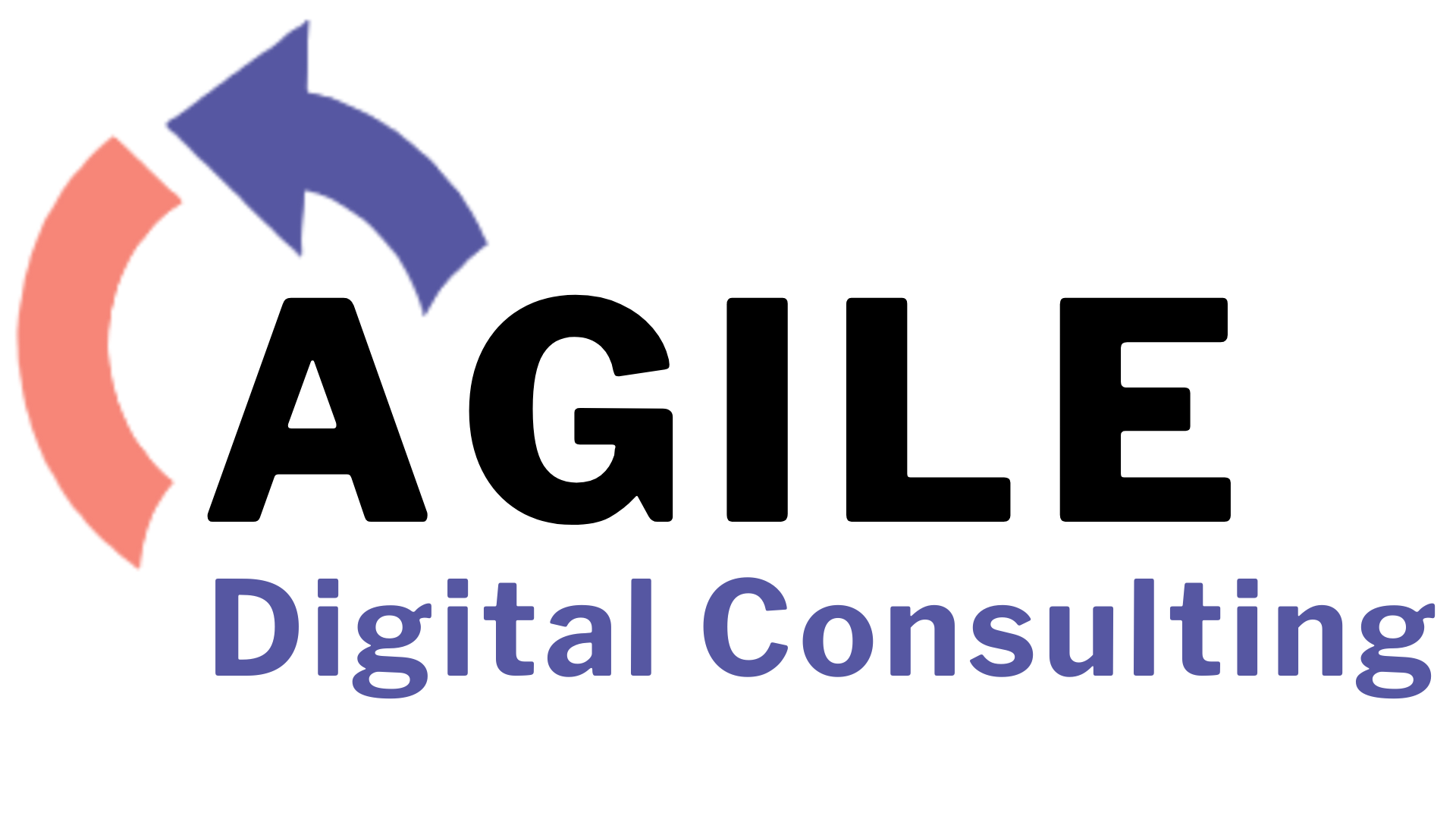Policy Design & Compliance (Code Of Conduct)
Policies are an important part of any organization’s operations because they provide a framework for decision-making while also ensuring compliance with laws, regulations, and ethical standards.
However, designing effective policies that meet the organization’s goals and values, as well as ensuring compliance with them, can be difficult. This is where Agile digital Consulting as an expert Human Resource Management provider can help.
Policy Design
Policy design entails developing policies that are consistent with the organization’s goals, values, and mission. Here are some steps we take when developing policies:
- Determine The Need For A Policy: Identify the problems or challenges that the policy will address.
- Define The Policy’s Goal: Clarify the objectives, scope, and intended audience of the policy.
- Gather Information: To ensure that the policy is comprehensive and effective, research laws, regulations, industry standards, and best practices.
- Consult With Stakeholders: Include key stakeholders in the policy development process, such as employees, managers, and subject matter experts, to ensure their input and buy-in.
- Create The Policy As Follows: Make sure the policy is clear, concise, and easy to understand. Avoid technical jargon and use plain language.
- Review and revise the policy to ensure that it is consistent with other policies and procedures, as well as that it is legally compliant. Seek input from stakeholders and revise the policy as needed.
Policy Compliance
Policy compliance is critical for ensuring that policies are effective and achieve their objectives.
- Disseminate The Policies: Ensure that all employees understand the policies’ purpose, scope, and requirements. Utilize multiple channels, such as training sessions, employee handbooks, and online portals.
- Check For Compliance: Create procedures to monitor policy compliance. Audits, inspections, and other monitoring mechanisms can be used to detect noncompliance and take corrective action.
- Policy Implementation: Create policies and procedures for enforcing them. Use progressive disciplines, such as coaching, counseling, and disciplinary actions, to ensure compliance.
- Employees should be given training and assistance to help them understand the policies’ requirements and how to comply with them.
- Provide resources such as job aids and frequently asked questions (FAQs) to help employees adhere to policies.
- Policies should be reviewed and updated on a regular basis to ensure that they are up to date and meet the organization’s changing needs. Seek feedback from stakeholders and revise policies as necessary.


